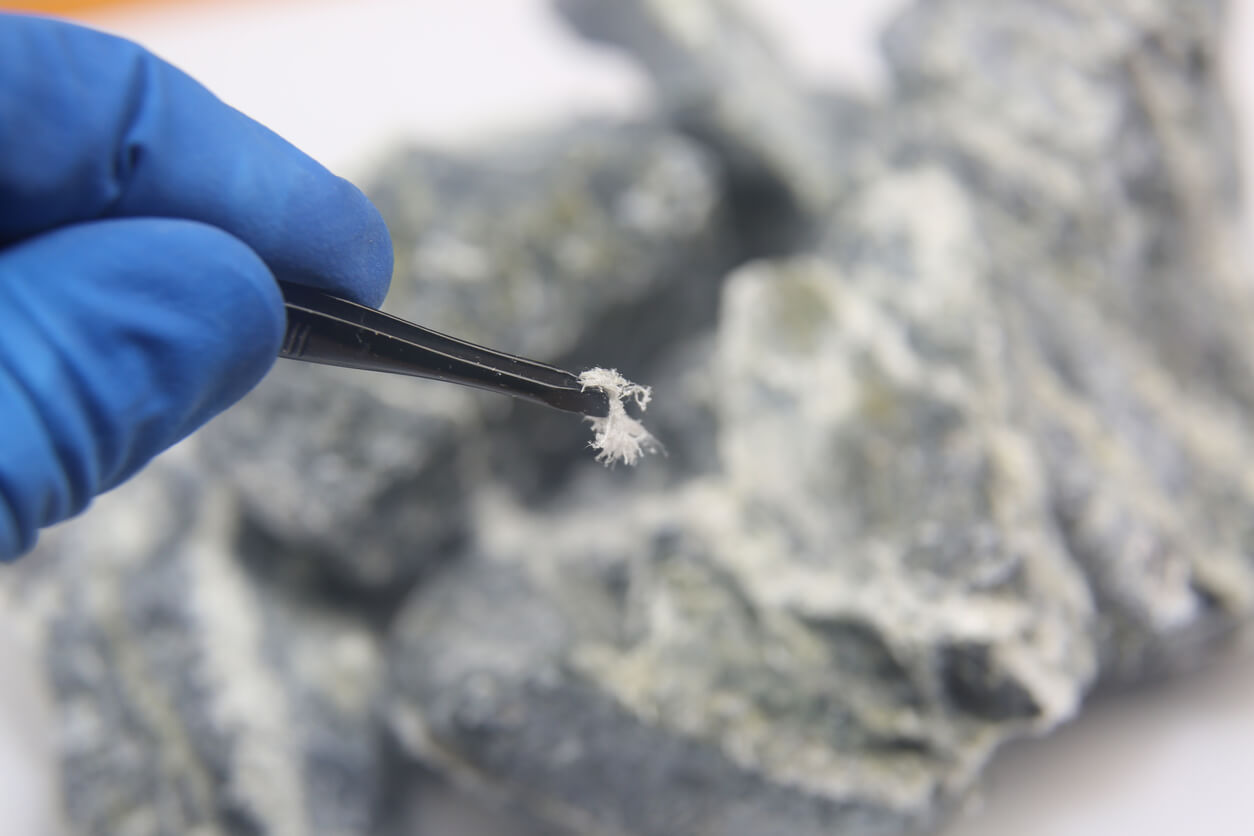Biden Administration Bans Last Type of Asbestos Used in US
Editors carefully fact-check all Drugwatch.com content for accuracy and quality.
Drugwatch.com has a stringent fact-checking process. It starts with our strict sourcing guidelines.
We only gather information from credible sources. This includes peer-reviewed medical journals, reputable media outlets, government reports, court records and interviews with qualified experts.

After three decades of attempts, the U.S. Environmental Protection Agency announced a final rule prohibiting the ongoing use of chrysotile asbestos, the only known form of asbestos still utilized in or imported into the U.S.
“It is long past time for the U.S. to ban asbestos, and unacceptable this known carcinogen continues to threaten Americans and devastate families,” Rep. Suzanne Bonamici (D-OR) said in a statement. “Banning asbestos will save lives.”
Asbestos, a mineral with slender fibers widely used in various products in the 20th century, is blamed for 40,000 deaths in the U.S. annually. When disturbed, it releases microscopic fibers into the air, posing severe health risks. Researchers have linked prolonged exposure to serious chronic or fatal diseases, including mesothelioma and other cancers.
The groundbreaking ban, the first of its kind under the 2016 amendments to the Toxic Substances Control Act (TSCA), reflects a crucial step forward in chemical safety after years of inadequate protections, according to the Biden administration.
“The science is clear — asbestos is a known carcinogen that has severe impacts on public health,” EPA Administrator Michael S. Regan said. “With today’s ban, EPA is finally slamming the door on a chemical so dangerous that it has been banned in more than 50 countries.”
A New Era in Chemical Safety and Environmental Justice
While the ban on chrysotile asbestos represents a significant milestone, environmental and public health advocates emphasize the need for broader action. Linda Reinstein, president of the Asbestos Disease Awareness Organization, stresses the importance of comprehensive legislation to address all forms of asbestos and their potential risks.
“While today’s ban is a step in the right direction, we must remain vigilant,” Reinstein said. “Legislation is crucial to ensure stronger protections for public health and the environment.”
The ban’s proponents hailed the EPA’s decision as a turning point in the nation’s approach to chemical safety and protecting public health. Moving forward, they cited continued collaboration between government agencies, industries and advocacy groups as essential in realizing a future free from asbestos-related health risks.
Industry Response and the Use of Chrysotile Asbestos
Chrysotile asbestos is used in the U.S. by the chlor-alkali industry to make chlorine. Chlorine is essential for various applications such as pharmaceuticals, pesticides and water purification. While two-thirds of U.S. chlorine production is asbestos-free, eight plants persist with asbestos use currently.
In January 2024, the American Chemistry Council warned that without the asbestos diaphragms used to produce chlorine, “manufacturers may not be able to meet [demand] without impacting the supply chain, particularly for water treatment.”
The EPA decision allows for a five-year transition to non-asbestos technology for the chlor-alkali sector.
The decision also bans most sheet gaskets containing asbestos two years after the final rule’s effective date, with five-year phase-outs for sheet gaskets used to produce titanium dioxide and to process nuclear material.
The EPA decision also bans using asbestos in oilfield brake blocks, aftermarket automotive brakes and linings, other vehicle friction products and other gaskets six months after the final rule’s effective date.